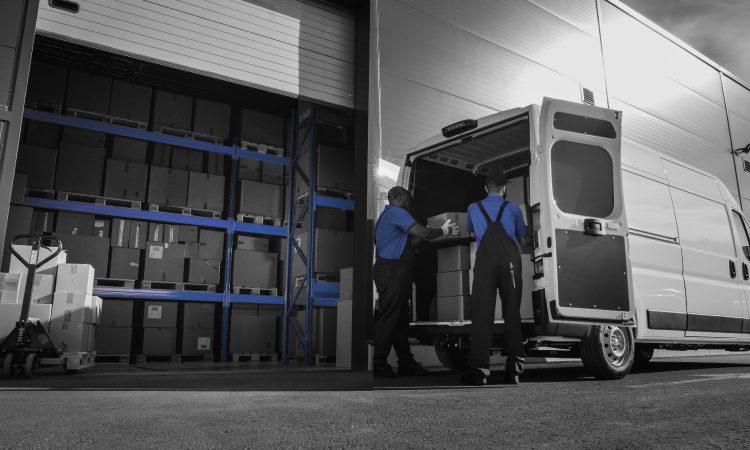Physical automation in the transportation and logistics industry
- Like
- Digg
- Del
- Tumblr
- VKontakte
- Buffer
- Love This
- Odnoklassniki
- Meneame
- Blogger
- Amazon
- Yahoo Mail
- Gmail
- AOL
- Newsvine
- HackerNews
- Evernote
- MySpace
- Mail.ru
- Viadeo
- Line
- Comments
- Yummly
- SMS
- Viber
- Telegram
- Subscribe
- Skype
- Facebook Messenger
- Kakao
- LiveJournal
- Yammer
- Edgar
- Fintel
- Mix
- Instapaper
- Copy Link
Posted: 24 January 2023 | Endava | No comments yet
Find out more from Endava about how automation technology is being implemented in warehouses and distribution centres, and why industry uptake is so uneven.


This Transportation & Logistics (T&L) Insights series is based on research by Levvel, who joined the Endava family in 2021. The team surveyed over 500 U.S.-based companies who procure transportation and logistics services internally and externally to get their views on their challenges, needs and use of digital technology solutions.
While companies often perceive technology innovation to mean things like high-end robotics, artificial intelligence (AI) and fully autonomous vehicles, there are many elements in the supply chain that can be modernised without requiring great effort or cost, while still providing the competitive edge that T&L companies are looking for. In this series, we will present current industry challenges and how digital technology can help to reduce friction, enhance efficiency and provide a better experience for businesses and their customers.
The current state of physical automation in warehouses and distribution centres
The mechanisation of physical labour solves multiple warehousing, storage and staffing problems in the T&L industry. Of course, when it comes to physical automation in warehouses and distribution centers (DCs) – as opposed to digital automation which utilises mainly software and only small hardware components, like near-field communication (NFC) chips – costs can seem high at first. But the return on investment (ROI) is even greater.
Worker injuries are at an all-time high. The U.S. Bureau of Labor Statistics found that recordable illness and injury cases more than doubled from a decade ago, reaching 25,000 a year in 2020. The growth of e-commerce means that warehousing and storage pressures will only increase. So, it makes sense that facilities are adopting physical automation tools to relieve the strain. Levvel’s research on the current use of automation tools helps to explain how automation technology is being implemented and why industry uptake is so uneven.
Find out more from Endava by clicking the link below.
Related topics
Artificial Intelligence, Fleet Management & Maintenance, Workplace
Related countries
United States
Related organisations
Endava







